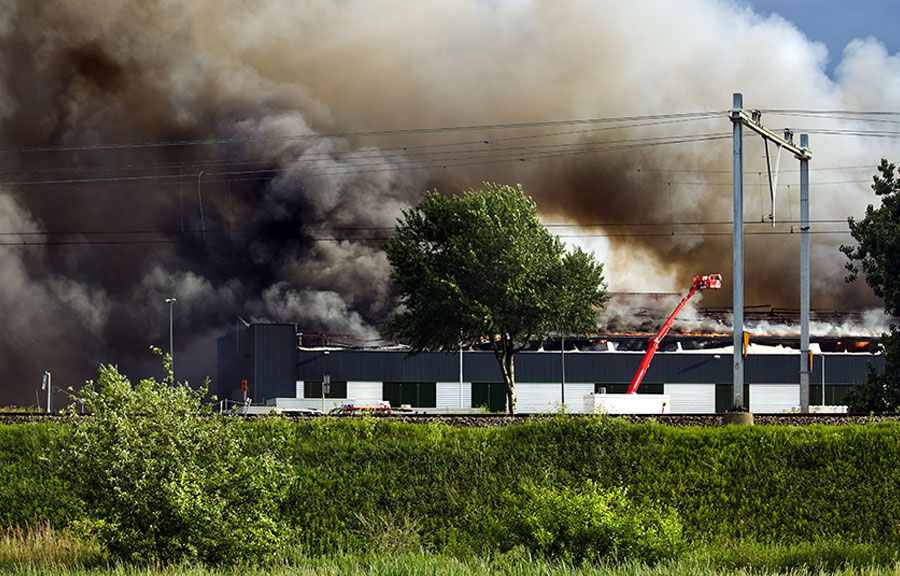A fire is one of the most common and frequent hazards to human life and property. The greatest hazard is created in buildings where a great number of flammable materials are used and/or where buildings have rather complex interior layouts. The level of the risk can be considerably reduced by using an evacuation PA system.
The evacuation PA system is usually a modular system, most commonly consisting of an electric fire-alarm system and emergency voice evacuation system. Stringent technical requirements imposed on such systems are regulated by the national legislation and standards in the majority of countries. However, what has influenced the requirements even more than legal regulations or standards is individual customers’ demands. Customers do not seek a single-purpose system that is used during an emergency, but the most modern multi-purpose solution for the sound distribution throughout a venue or building that is adaptable exactly to their specific needs, complies with the requirements for PA systems, and that is easily connectable to and controllable and/or controlled by other SCADA systems at the same time. Thanks to such advantages customers can considerably save investment costs.
The interior and exterior sound distribution solution offered by the Telegrafia Company is based on the cutting-edge modular sound distribution, warning and evacuation technology of the Amadeo system, completely proven by years of operation and service in a number of plants and industrial sites in Slovakia and in the world.


